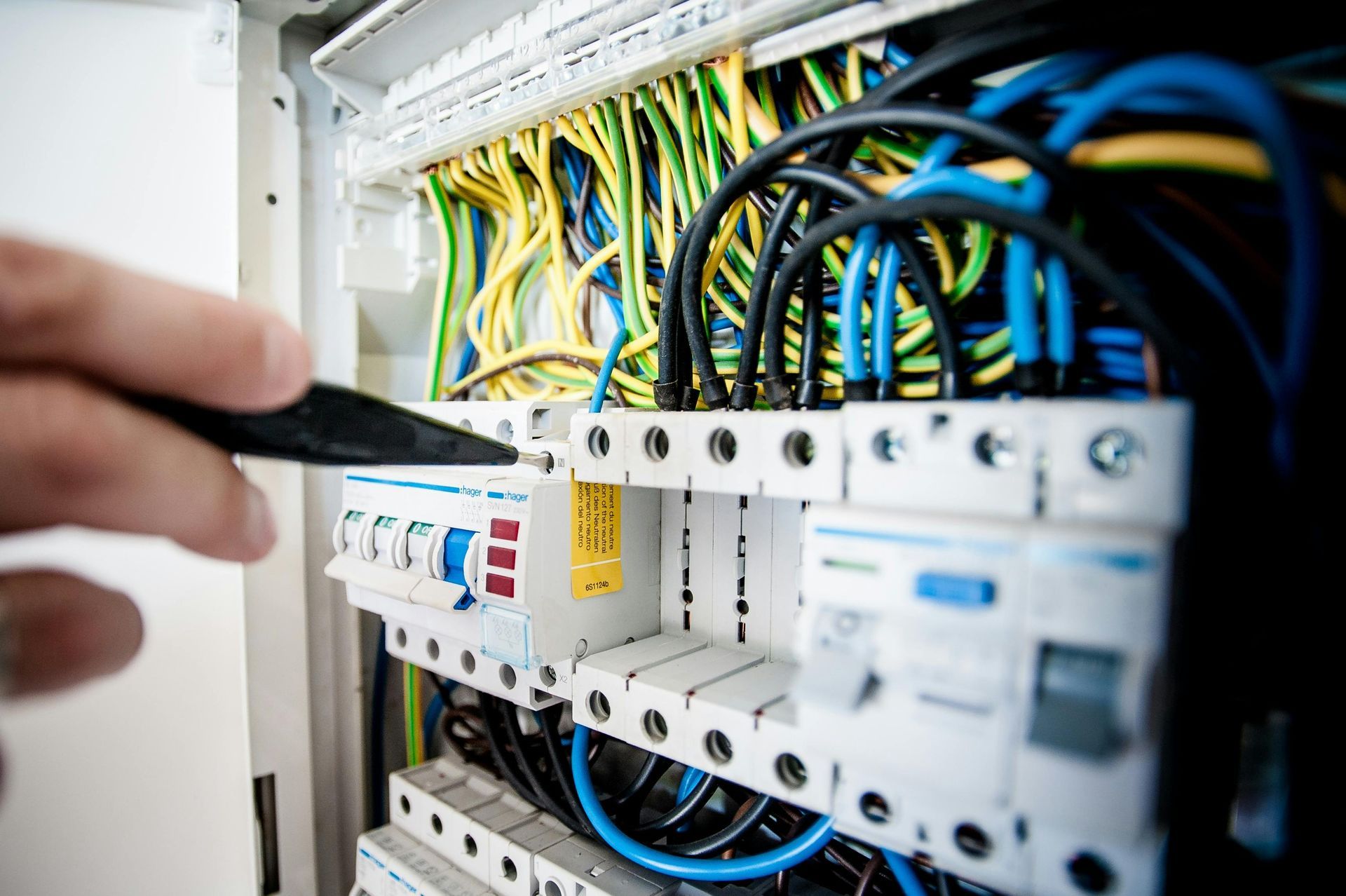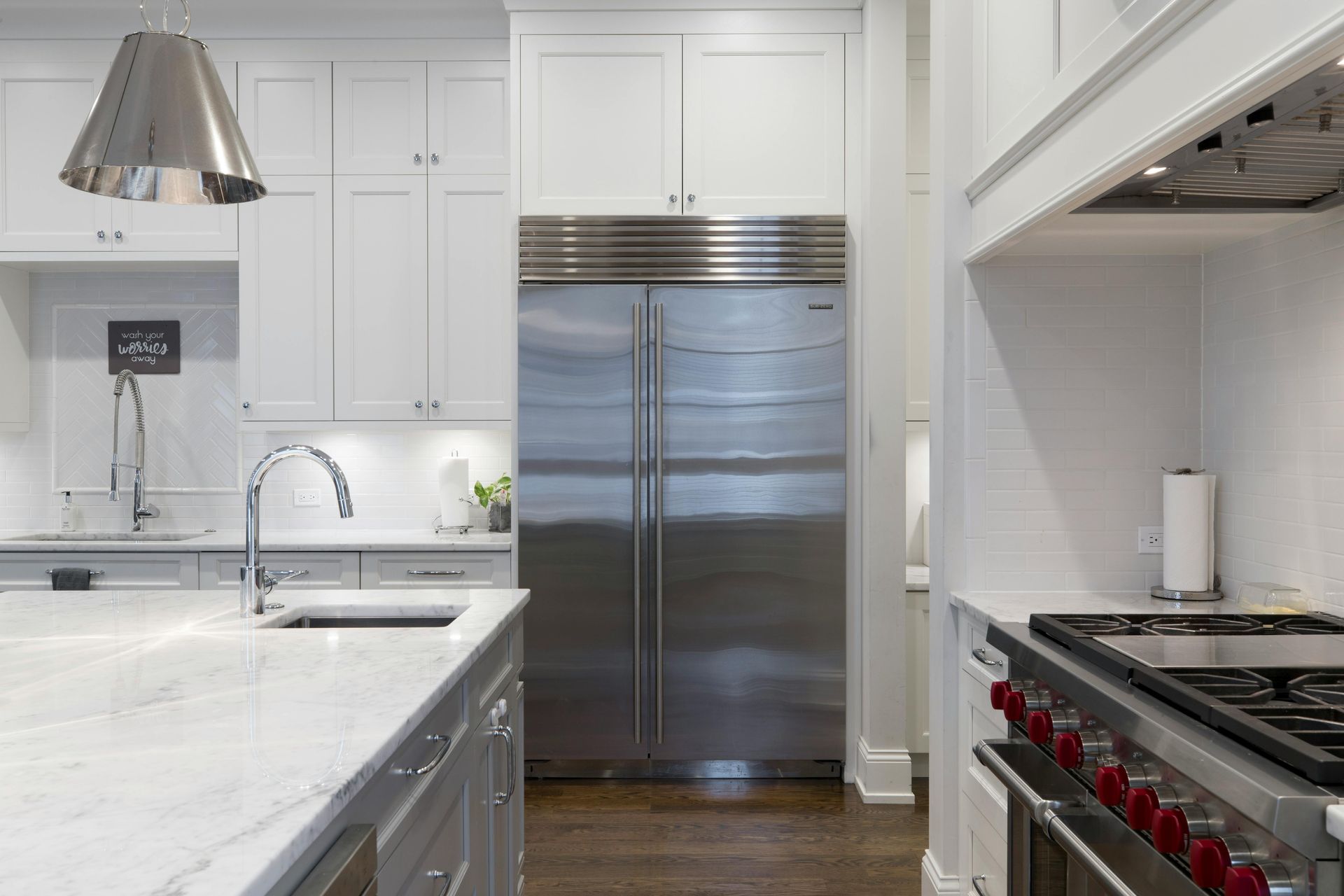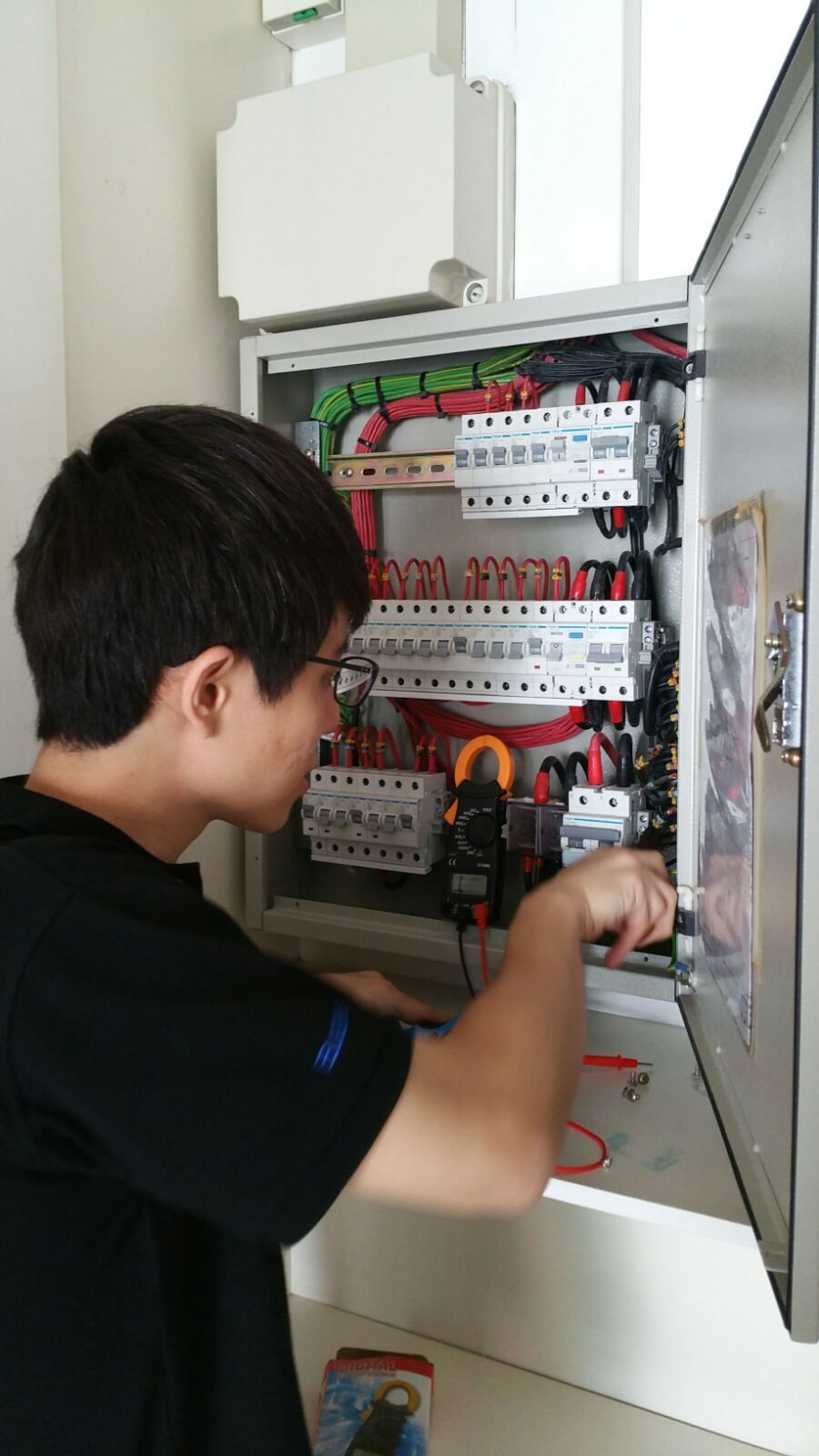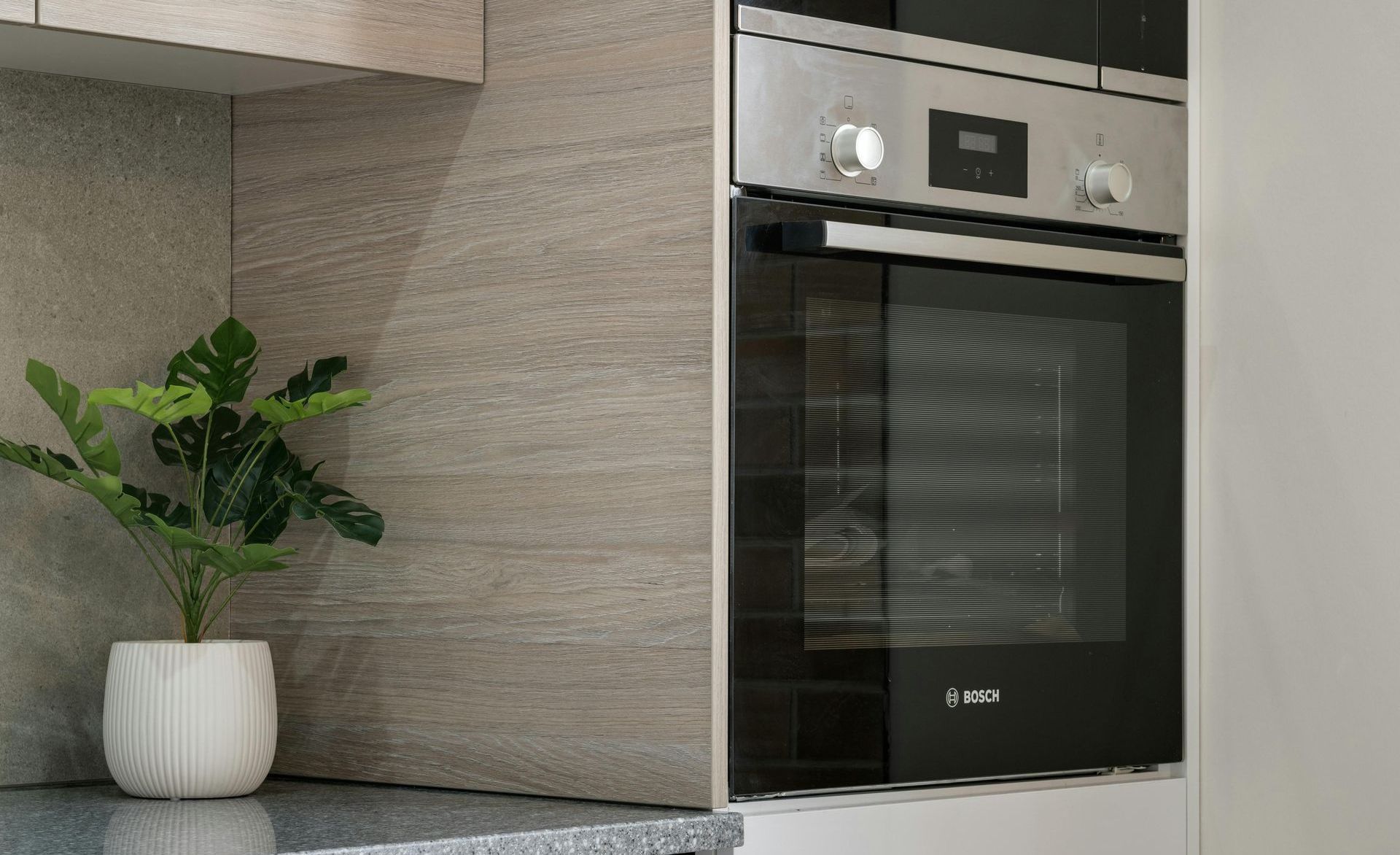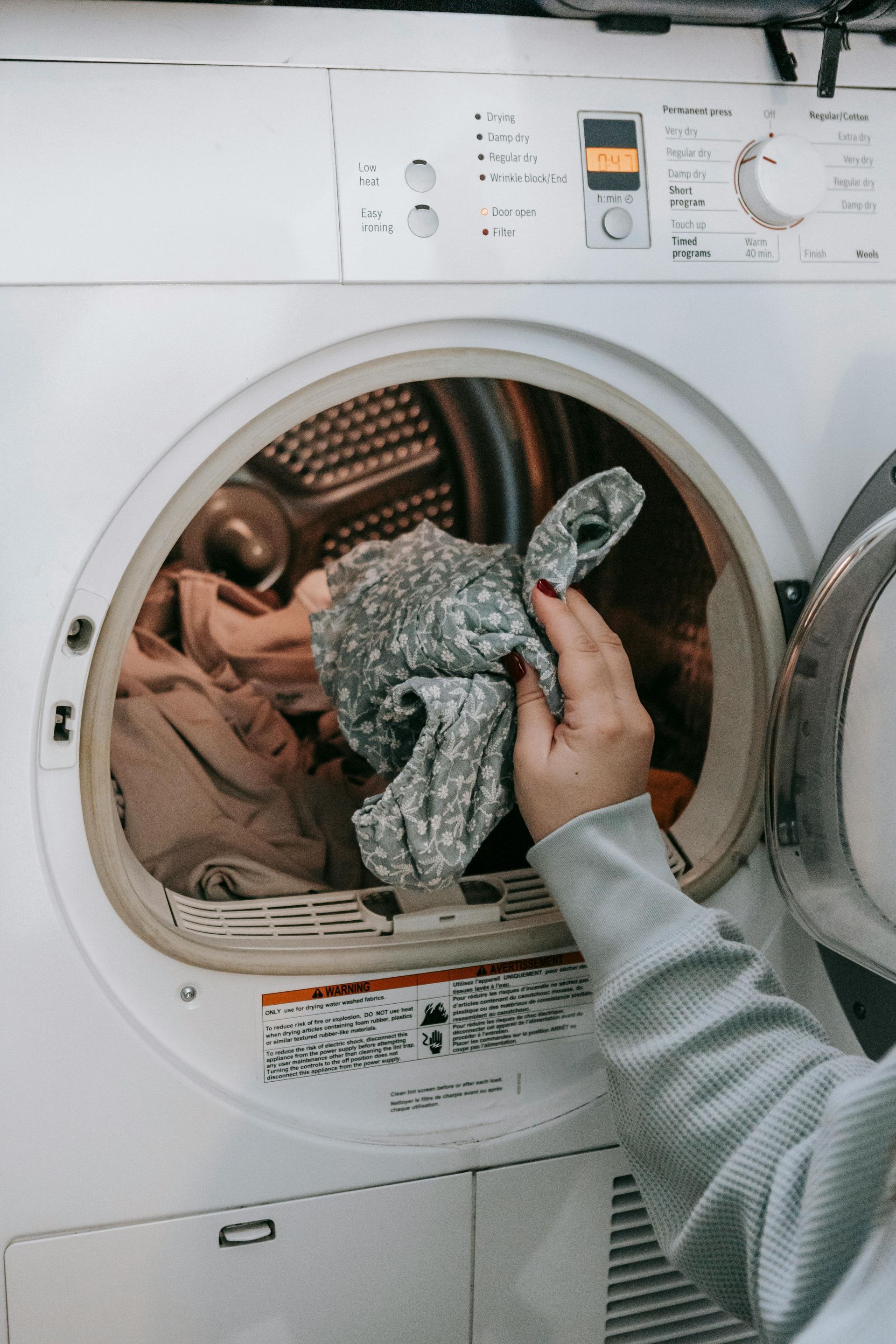Cooking Hobs in Singapore: A Complete Guide to Care, Troubleshooting, and Repairs
In Singapore, the kitchen is the heart of the home. From wok-fried sambal kangkong to a slow-cooked herbal soup, the hob plays a central role in daily cooking. Choosing the right hob, caring for it properly, and knowing what to do when problems arise can make a big difference to your cooking experience.
This guide explores four common types of hobs—gas, induction, ceramic, and electric—covering how to maintain them, what problems you may encounter, how to troubleshoot, and when it’s time to call in a professional repair service.
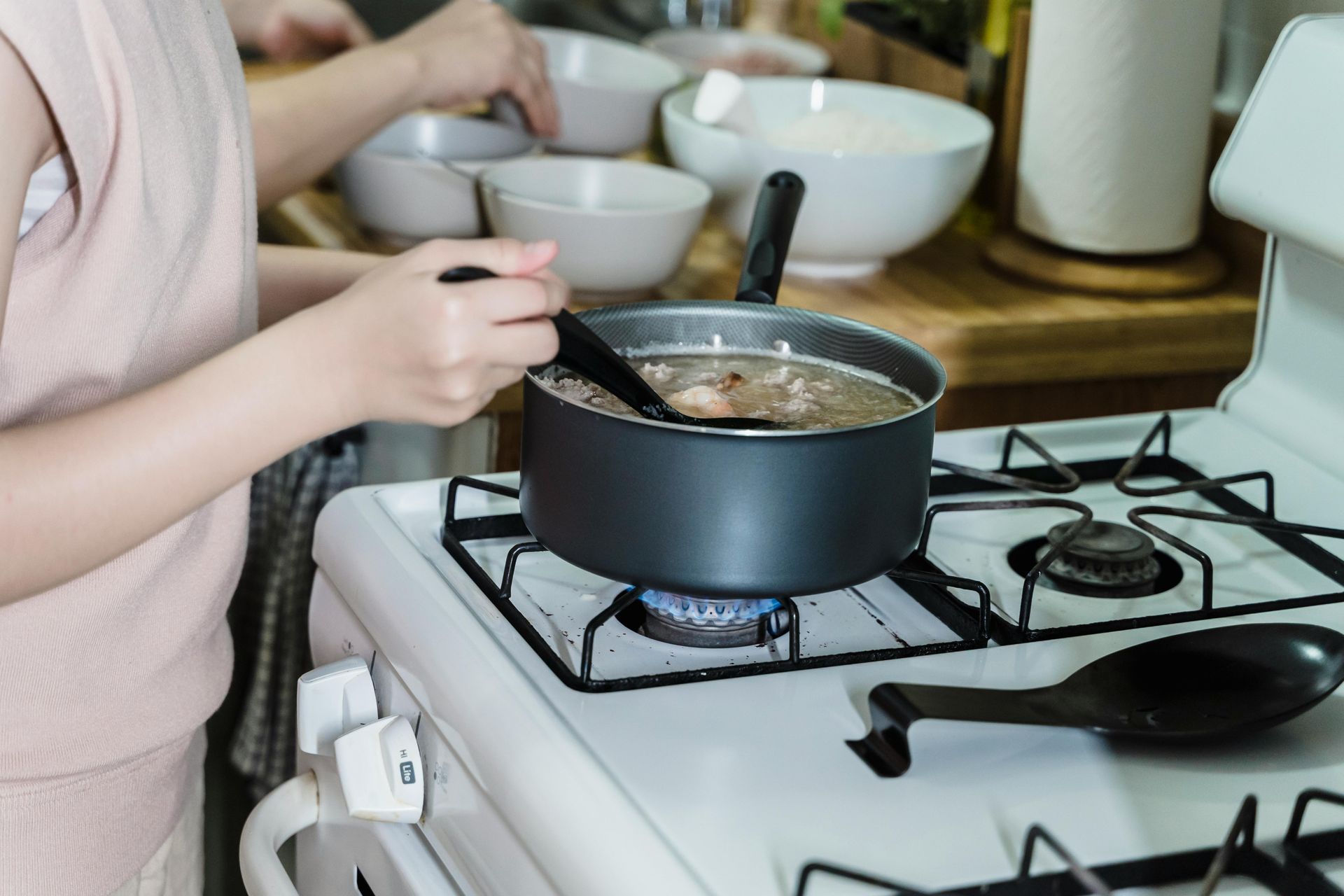
Gas Hob
Gas hobs are still the most popular choice in Singaporean kitchens. The flame offers instant control and high heat, perfect for stir-frying in a wok.
How to Take Care
Keep the hob clean by wiping down burners after every use. Remove burner heads weekly and soak them in warm, soapy water. If flames look uneven, clean out blocked holes with a pin. Avoid pouring water directly onto the burners, as this can cause rust or ignition problems.
Common Issues and How to Troubleshoot
- Weak or uneven flames often happen when burner holes are clogged with grease or food. Cleaning them usually restores a strong flame.
- Igniter clicks but no flame may mean the gas valve is closed or the ignition battery is flat. Check the gas supply and replace the battery if your hob uses one.
- Smell of gas is a serious warning sign. Switch off the supply immediately, ventilate the kitchen, and do not turn on electrical switches.
When to Book a Repair
If ignition fails despite cleaning and a new battery, or if you smell gas regularly, call a professional right away. Gas leaks should never be handled without expert help.
Induction Hob
Induction hobs are modern, energy-efficient, and safe. They heat the pot directly through electromagnetic energy, leaving the glass surface cool to the touch.
How to Take Care
Wipe the glass with a soft cloth after each meal to avoid stains. Always use flat-bottomed, induction-compatible cookware. Avoid dragging pots across the glass to prevent scratches. Check the vents for dust or blockages, as internal fans keep the hob cool.
Common Issues and How to Troubleshoot
- Cookware not detected usually means the pan isn’t induction-ready. Test it with a magnet—if it sticks firmly, the pot should work. If it is compatible, try repositioning it on the cooking zone.
- Error codes flashing on the control panel point to overheating or sensor issues. Refer to the manual for code meanings and reset if possible.
- Sudden shutdown can happen when the pan doesn’t fully cover the zone or when vents are blocked. Clear obstructions and ensure pans are centered correctly.
When to Book a Repair
If the hob frequently shuts down despite good ventilation, displays persistent error codes, or becomes unresponsive to touch controls,
book a repair. Induction hobs contain sensitive electronics that require professional servicing.
Ceramic Hob
Ceramic hobs look sleek and stylish, using radiant heat beneath a glass surface. They are common in modern apartments for their affordability and ease of use, though they take longer to heat and cool compared to induction.
How to Take Care
Wait until the hob cools before cleaning. Use a scraper designed for ceramic hobs to lift burnt food without scratching. Specialized hob cleaners keep the glass shiny and protected. Be especially cautious with sugar spills, as melted sugar can permanently mark the glass.
Common Issues and How to Troubleshoot
- Cracks or chips in the glass are dangerous and mean the hob should not be used. Stop cooking immediately and arrange for replacement.
- Stubborn burn marks can usually be removed with a scraper at a shallow angle, followed by a ceramic cleaning cream.
- Uneven heating may come from warped cookware, but if multiple pans heat unevenly, the internal element could be failing.
When to Book a Repair
Any crack in the glass surface is a clear signal to call a technician. Likewise, if heating elements stop working or become unreliable, professional repair is needed.
Electric Plate Hob
Electric plate hobs, also known as coil hobs, are less common in newer flats but are still found in older homes and rentals. They use solid plates heated by electric coils underneath.
How to Take Care
Wipe plates while still warm (not hot) to remove spills before they harden. Occasionally season the plates with a thin coat of oil to prevent rust. Oversized or warped pans should be avoided, as they strain the heating elements.
Common Issues and How to Troubleshoot
- Slow heating or no heating often happens if the plate is not seated properly. Check and adjust it if your hob has removable plates.
- Uneven cooking can be caused by cookware with warped bottoms. Test with another pan or rotate the pot during cooking.
- Rust or corrosion may appear over time. Light rust can be scrubbed off with steel wool, but deep corrosion suggests the plate needs replacing.
When to Book a Repair
If the hob consistently fails to heat, shows severe rust, or trips your circuit breaker repeatedly, call a technician. Electrical faults can be dangerous if ignored.
Cooking hobs are essential in every Singaporean kitchen, but each type comes with its own quirks. Gas hobs deliver powerful flames for stir-frying, induction hobs offer modern efficiency, ceramic hobs provide a sleek design, and electric plate hobs bring durability.
Regular cleaning and careful use will keep your hob working smoothly for years. Learning basic troubleshooting can also solve many small issues on your own. But when it comes to gas smells, cracked glass, repeated shutdowns, or electrical failures, it’s always best to book a professional hob repair service.
With the right mix of care and timely repairs, your hob will continue to power delicious home-cooked meals for many years to come.
